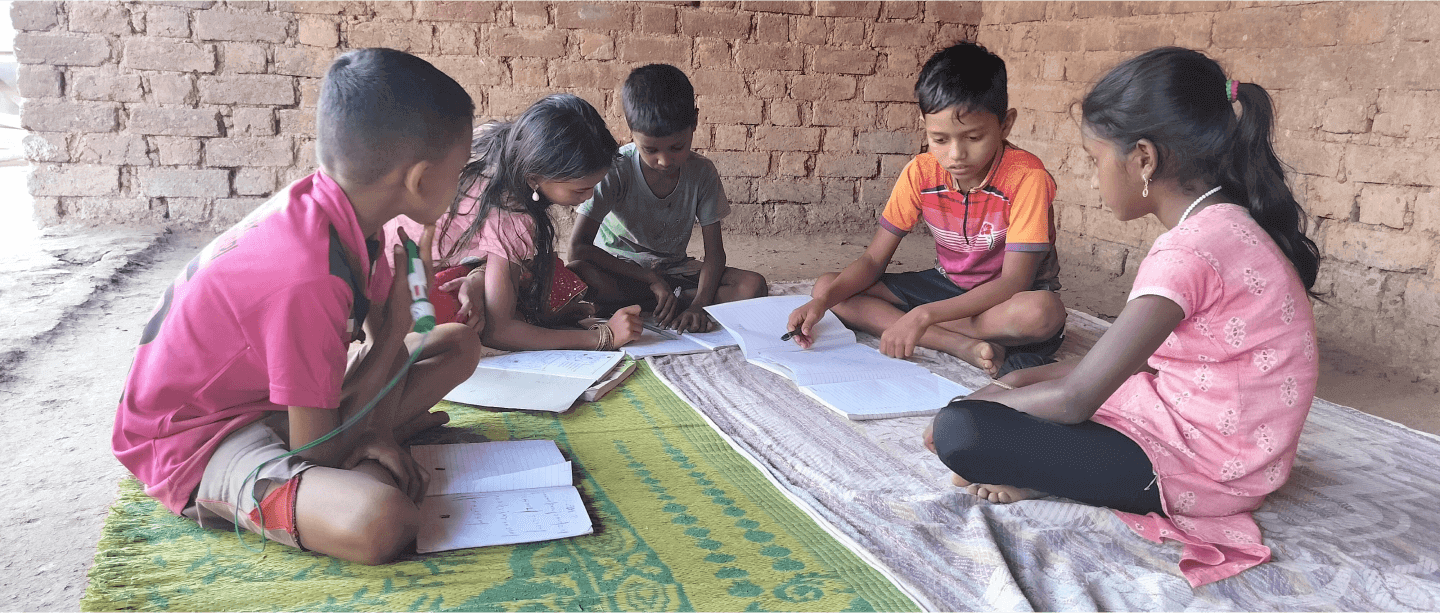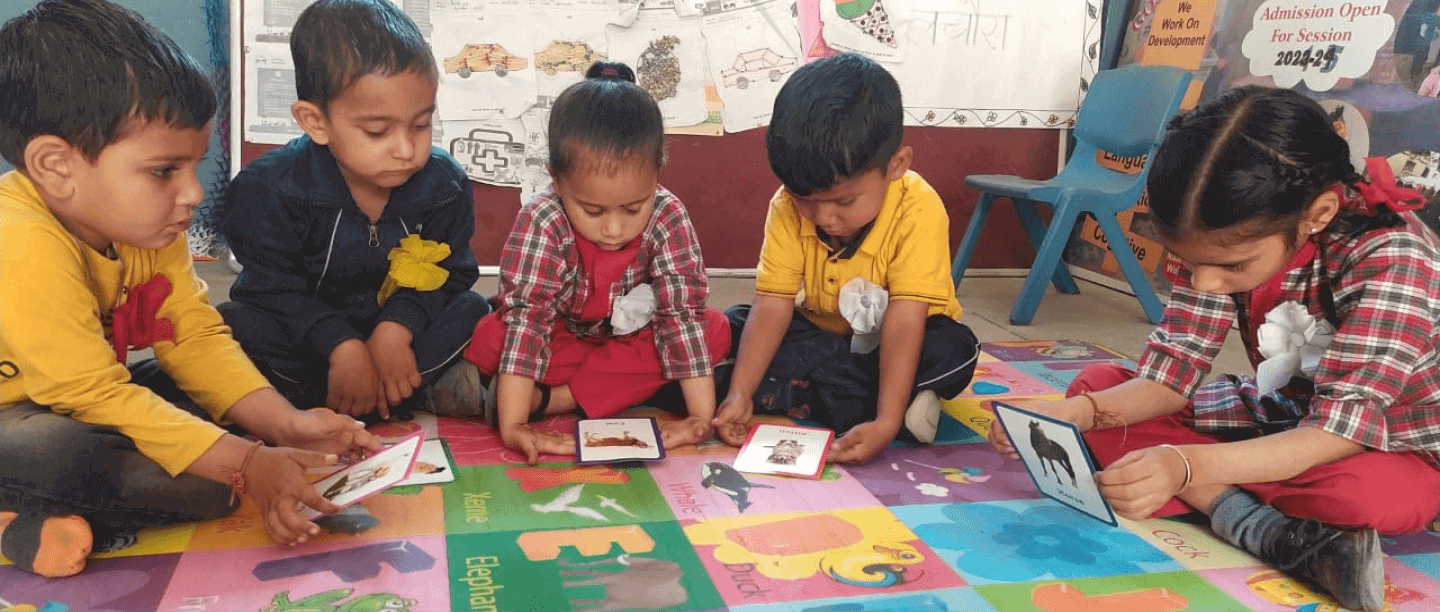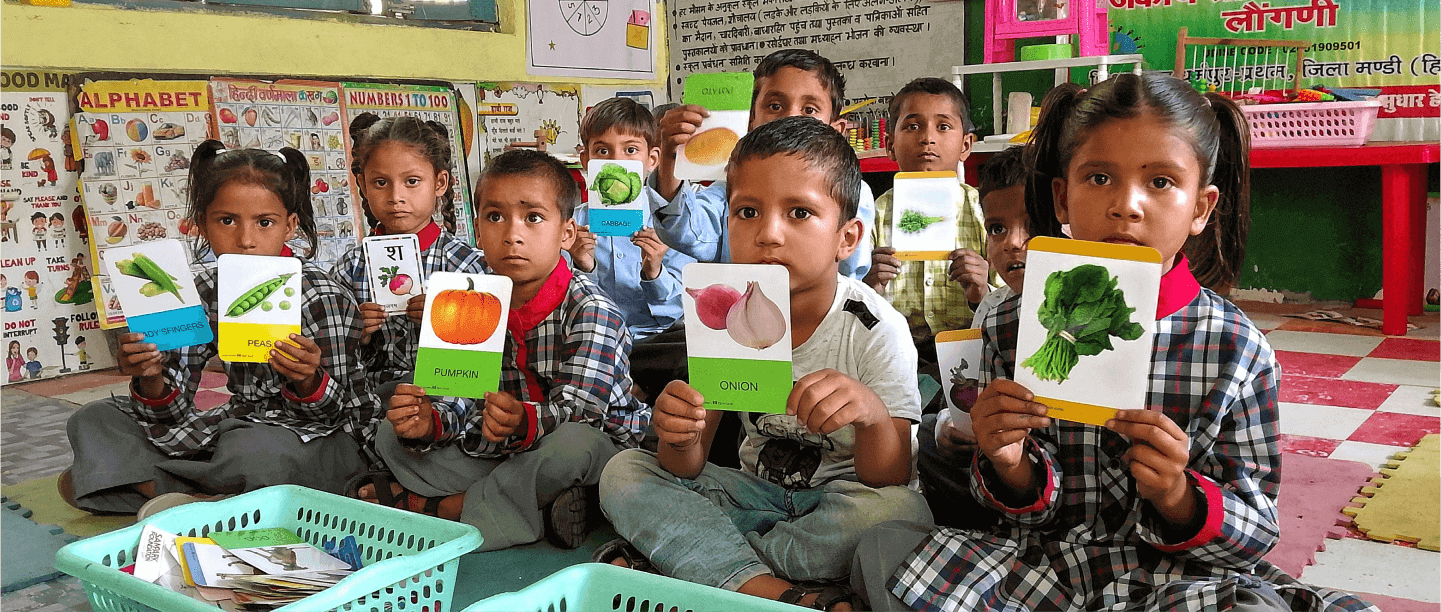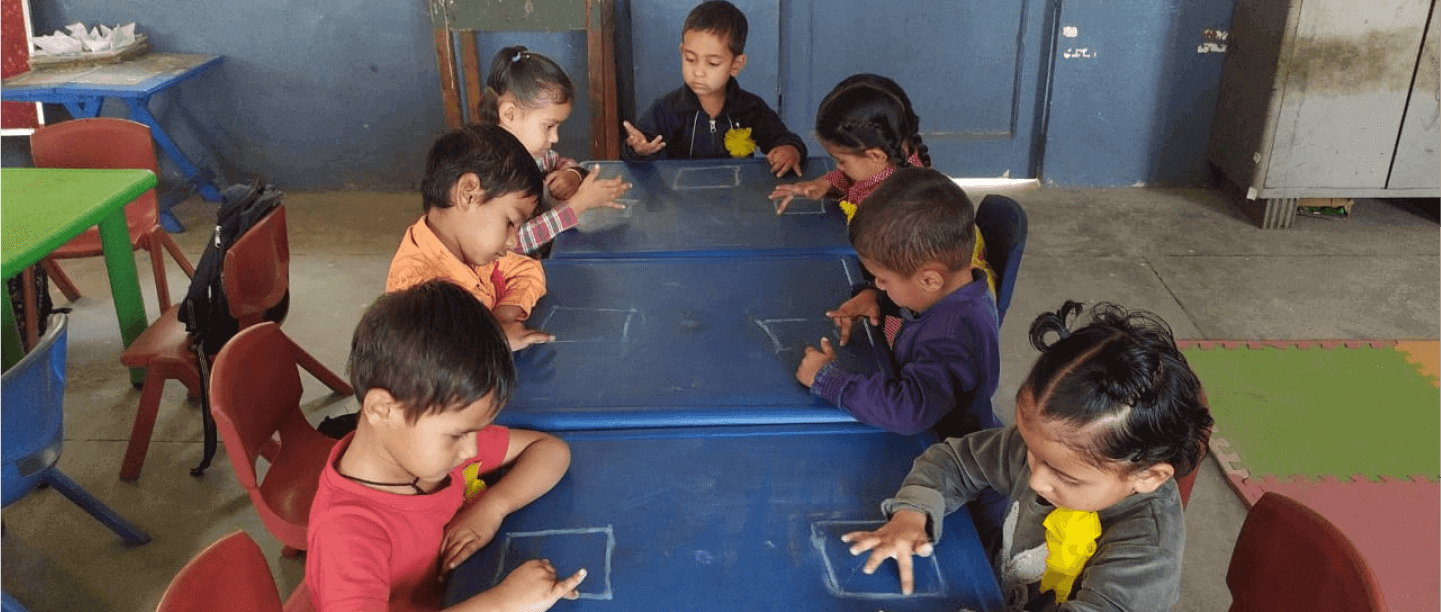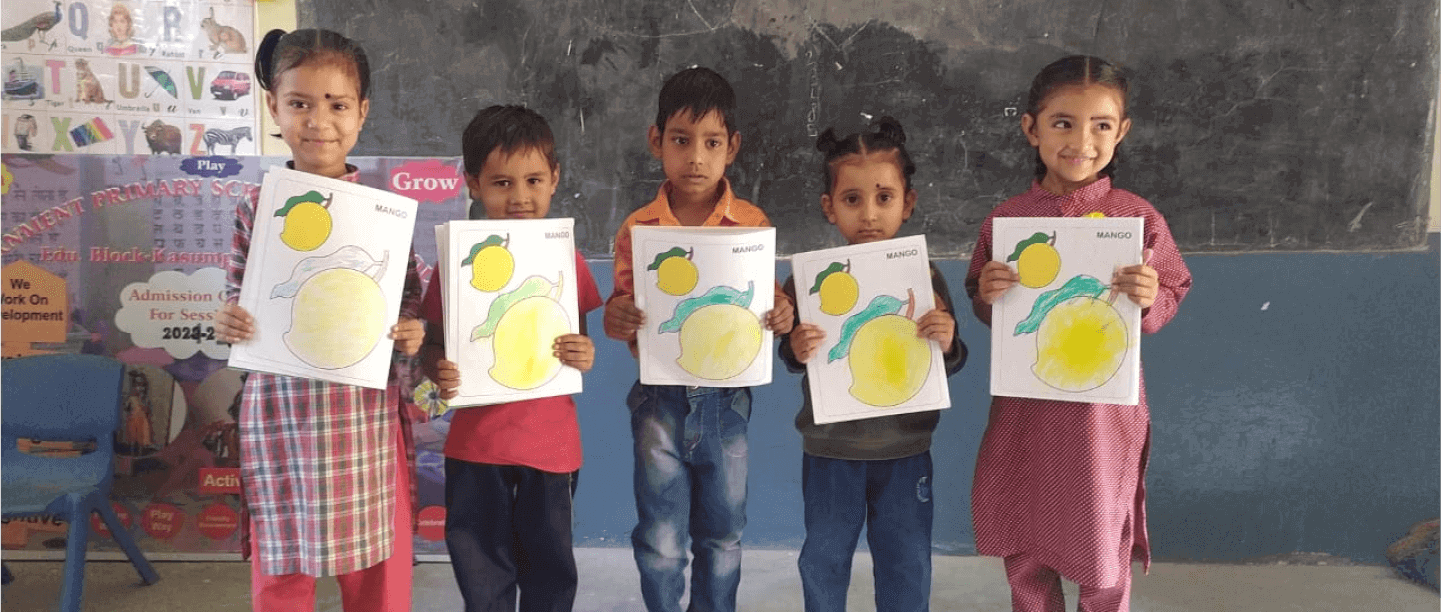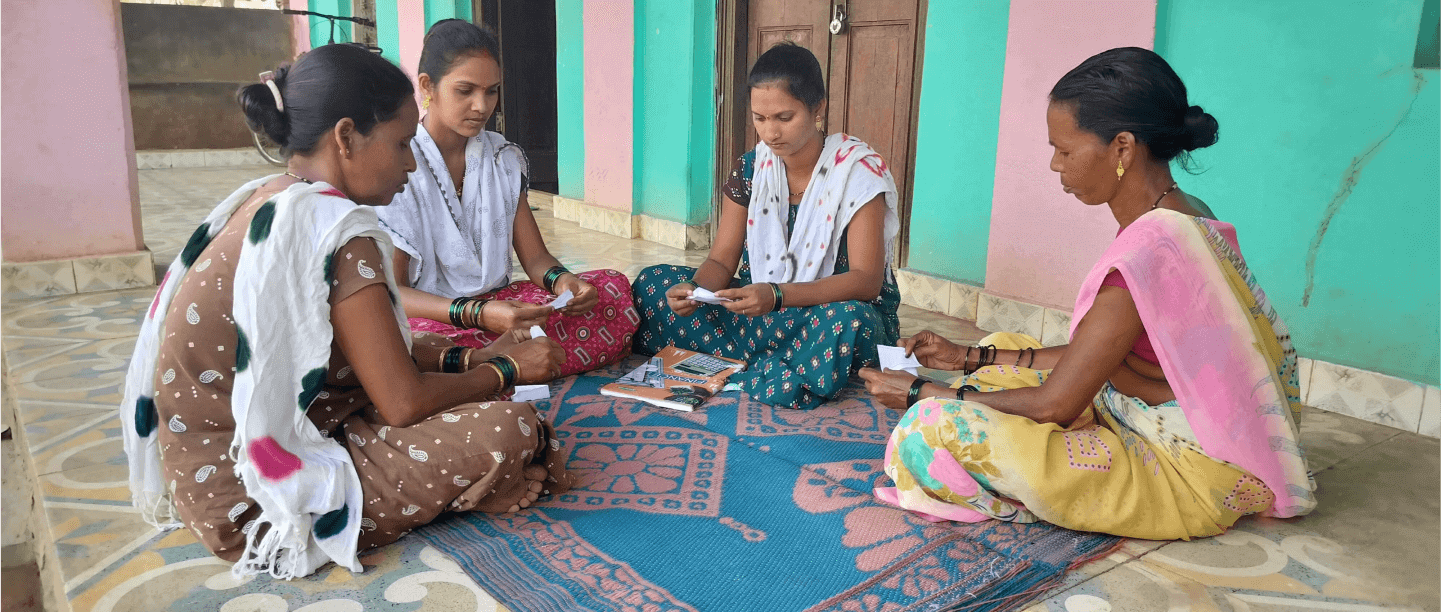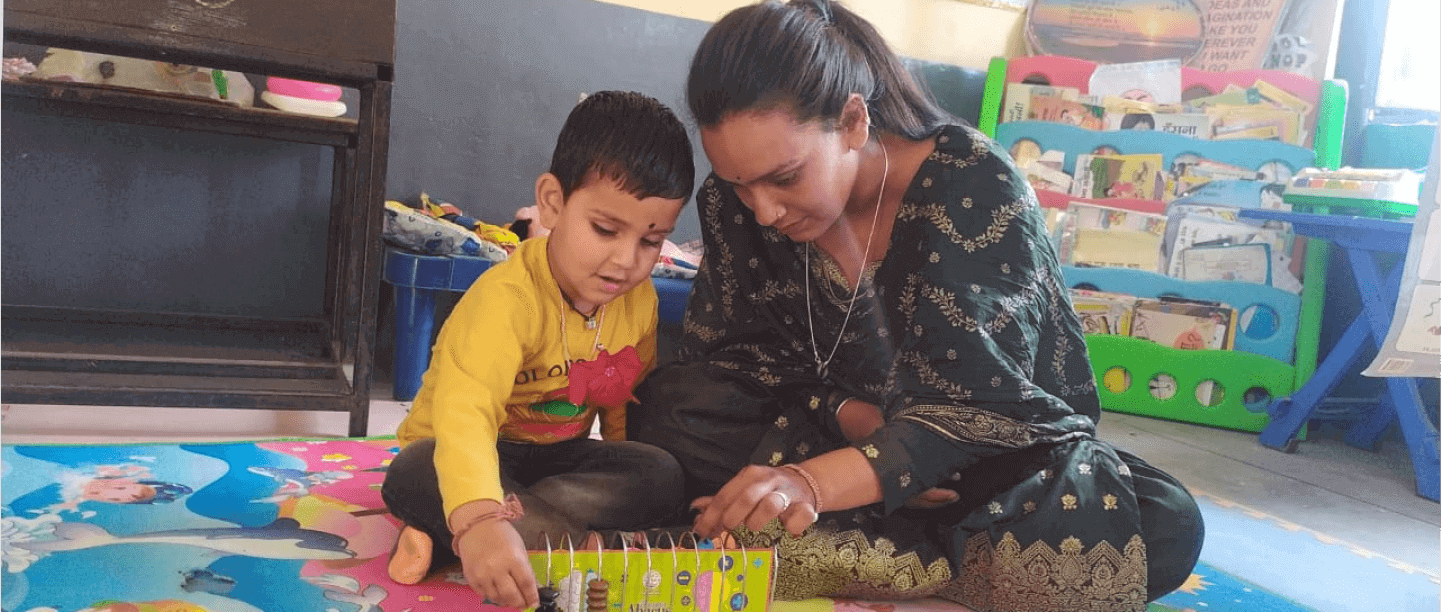
In today's world, there is a growing awareness of the importance of emotional and social development for children. Many parents and teachers recognize that emotional, social, and motor skills are critical for a child's success in life. However, what is not as widely understood is the role that emotional and social development play in bridging the learning gap among children.
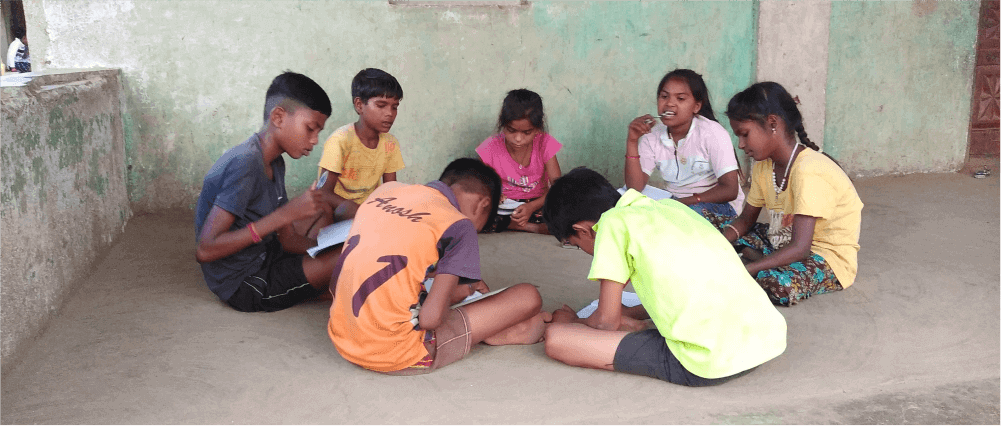
In a nutshell, social and emotional development refers to how a child begins to understand who they are, what they are feeling, and how to express, recognize, and manage their emotions, as well as respond appropriately to others’ emotions. A child’s emotional and social development helps them interact with others and express their emotions to build positive relationships. There is no doubt that social and emotional learning teaches character, develops self-confidence, and, most importantly, improves the academic performance of the child.
In 1995, New York Times science reporter Daniel Goleman published the book, Emotional Intelligence: Why It Can Matter More Than IQ, which launched the social-emotional movement. His book talks about character and how it can be taught. It also validates the fact that character development plays a major role in achieving academic success, according to the preliminary evidence.
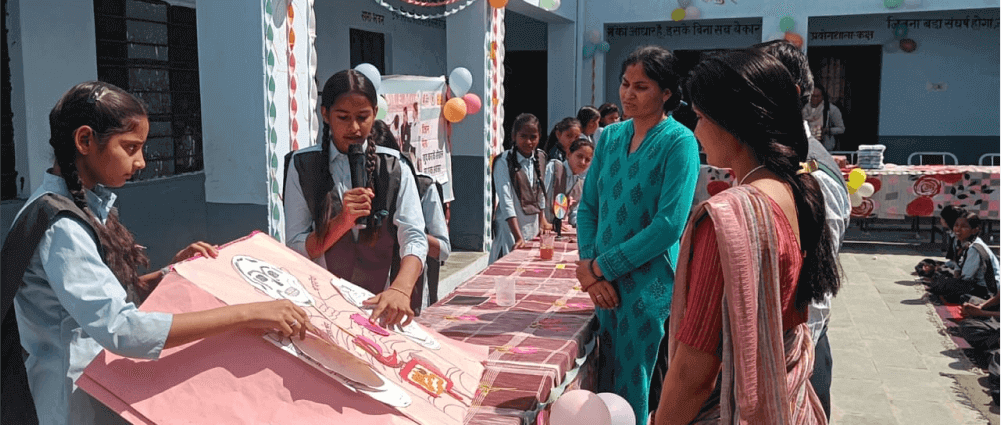
One of the key reasons why a child struggles academically is often due to emotional or social issues. For example, a child who lacks confidence may have difficulty focusing on their schoolwork and presenting the same, while a child who struggles with social skills may struggle to make friends or engage with others in the classroom. These emotional and social issues can create a learning gap that can be difficult to close later if not addressed at an early stage of learning. Once the root cause of learning gaps is identified, emotional and social development can provide a way to bridge them.
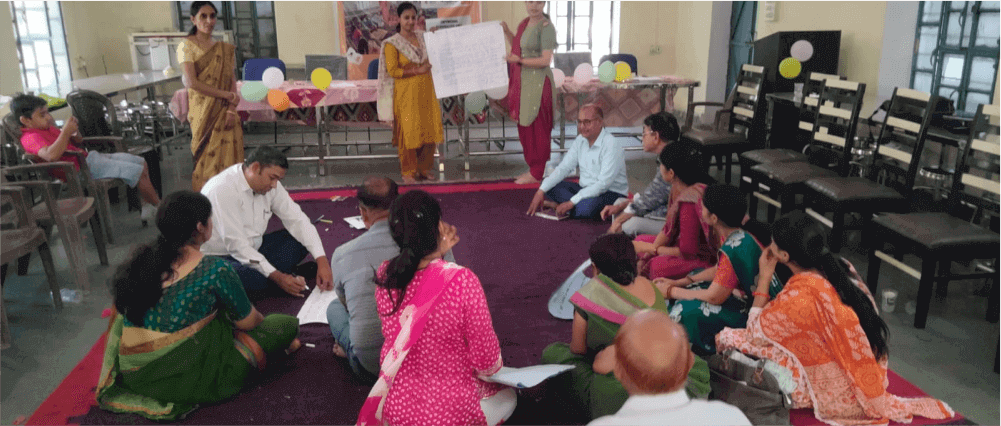
When a child is taught emotional and social skills, they are better equipped to manage their emotions, build positive relationships, and engage in productive social interactions. These skills can help a child feel more confident, engaged, and motivated in the classroom, which can lead to improved academic performance.
Promoting and incorporating emotional and social learning at schools provides a strong foundation for academic achievement as well as positive intrapersonal and interpersonal long-term outcomes. The development of social and emotional well-being compromises a wide range of factors like self-confidence & self-esteem, a positive attitude towards themselves, the ability to connect & interact, and a sense of belonging.
There are many ways that parents and teachers can support children's emotional and social development. One approach is to provide opportunities for children to practice social and emotional skills in a safe and supportive environment. Parents should encourage their children to participate in extracurricular activities, such as sports or elocution competitions, that help develop positive self-esteem. Teachers must incorporate social and emotional learning activities, such as group projects or classroom discussions that focus on emotions, relationships, and communication.
In conclusion, emotional and social development is a powerful approach to bridging the learning gap among children. By providing children with the skills and support they need to manage their emotions, build positive relationships, and engage in productive social interactions, they can ensure that all children have the opportunity to succeed academically and in life.
